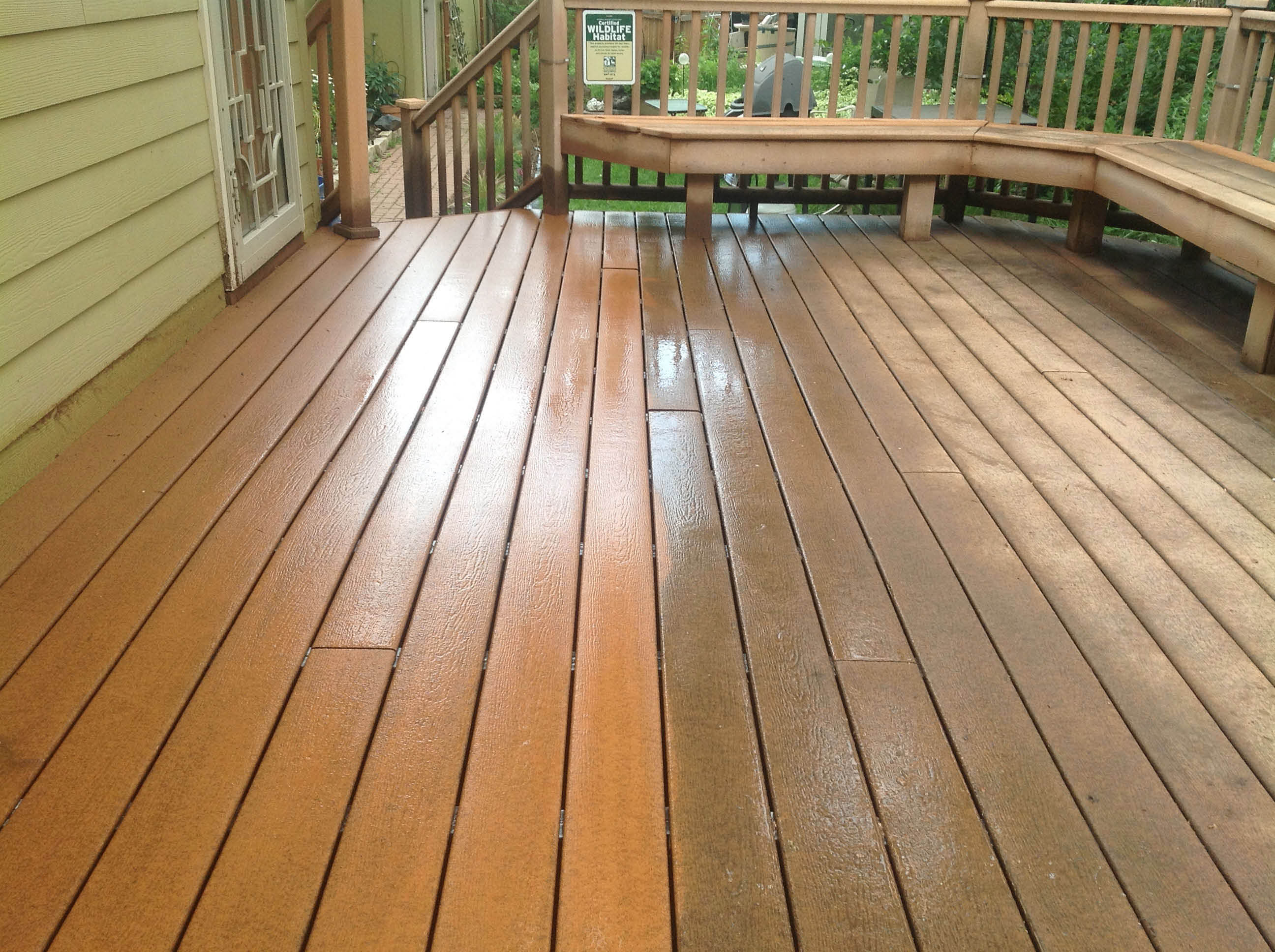- Building Cleaning
- 06.11.2017
What is the History of Stain Removers?
The first of all stain removers is plain water. People find it is easy to wash away mud at a stream or a river.
The history of cleaning agents runs back to ancient Babylonian culture. Soap like materials was evacuated from ancient Babylonian remains. The 4500-5000-year-old remains also have detailed description of making such materials. It is however not clear whether they used the fat and ash mixed material for cleaning purposes.
Egyptian, Romans, Japanese, Greek and Chinese cultures of the ancient times paid attention to cleanliness and used different materials for cleaning purposes.
Chinese used the fruit of the soap-nut tree (Sapindus Mukorossi) for cleaning soft silk clothes. The nut yielded a soap-like material, which thoroughly cleans the silk and is soft on the fabric.
Soap making started in Europe in the seventh century. Soap making in Europe was mostly a family tradition and people kept the technique of soap making a secret. They used animal fat and plant oils to make soap. They also knew the technique of adding perfumes to the soap for fragrance. The soaps were used for bathing and laundry purposes. Italy, Spain, and France were the leaders in soap making.
Large-scale soap manufacturing began in 1791, with the invention of a process of making soda ash from common salt by a French scientist Nicholas Leblanc. Several advancements came to Leblanc method of soap. The cost and time for making soda ash became lower.
German scientists developed a method of making cleaning agents without plant oil or animal fat. This chemically synthesized material is called detergent. This is harsher than soap (that produced from fat and oil). This happened in 1916 when the availability of fat and oils was scarce.
Utilization of enzymes for detergent manufacturing was a breakthrough in detergent manufacturing. A no enzyme content detergents too are available today, but the biggest thrust is on enzyme added detergents. There is however different environmental problems associated with the use of enzymes in detergents.
Further researches produced higher quality detergents at lower costs. Detergents eventually went on to surpass soap as the preferred cleaning agent.
Later researchers on cleaning products were concentrated on the safety of the users and environment, ease of use and lower production costs. Detergents and soaps are available as cakes, powder and in liquid form. Detergents that mix well in saline water are also readily available in the market.
That is the history of stain removers, which started off as a mixture of fat and ash or plant products, which, with advancement in research facilities has grown to such high proportions that everyone today can afford to have a stain remover of his or her choice.



